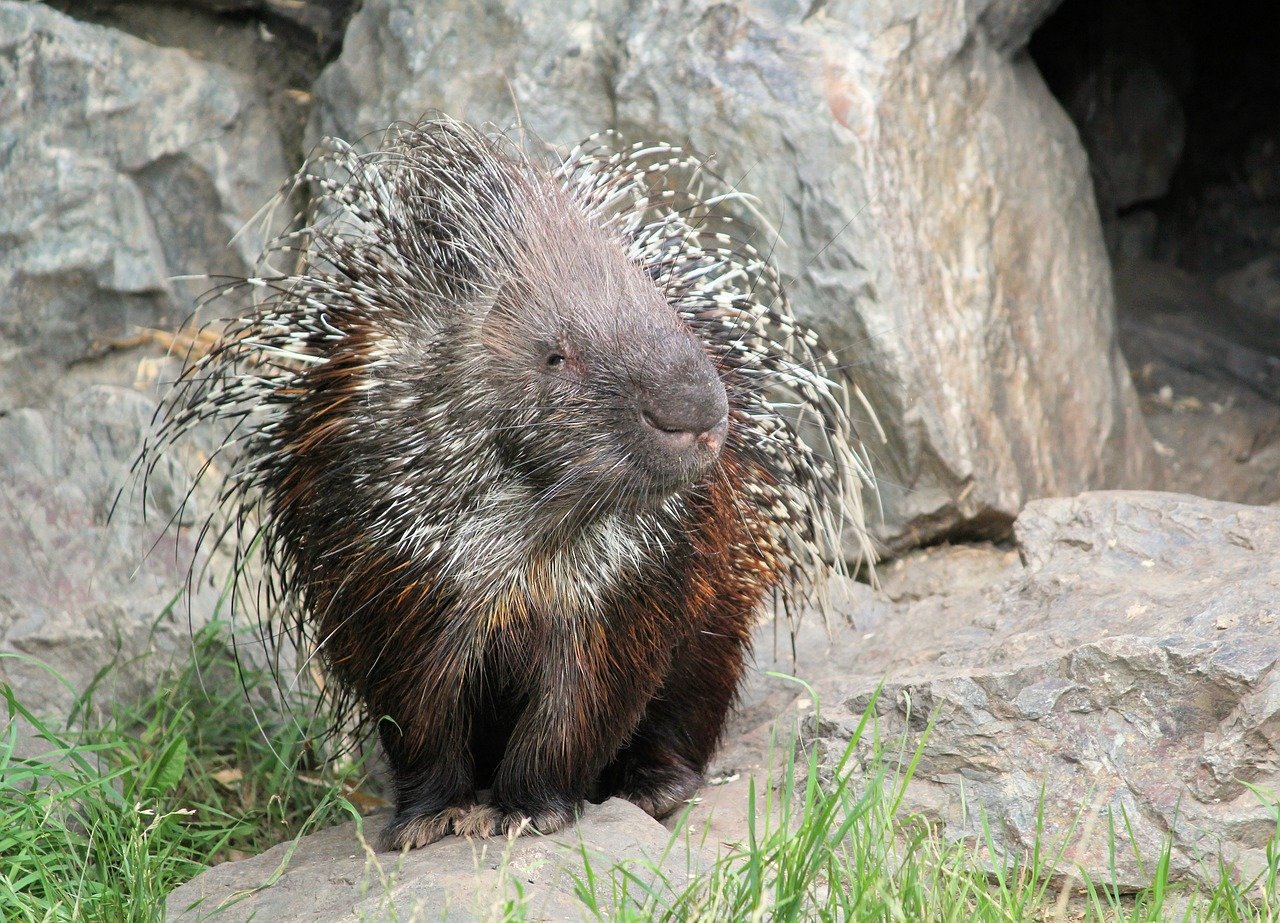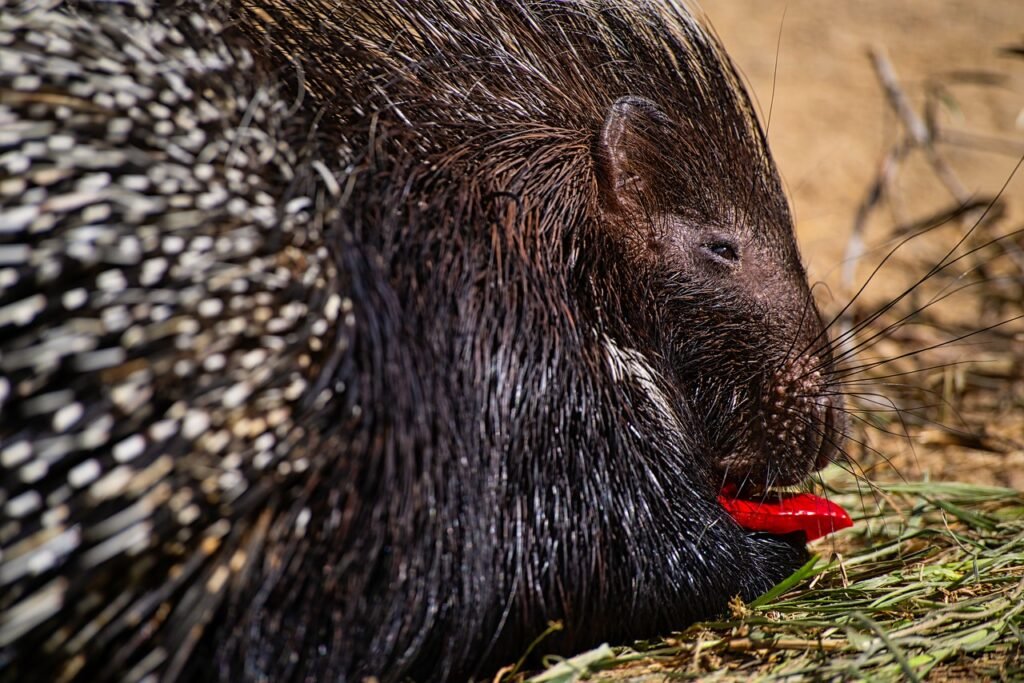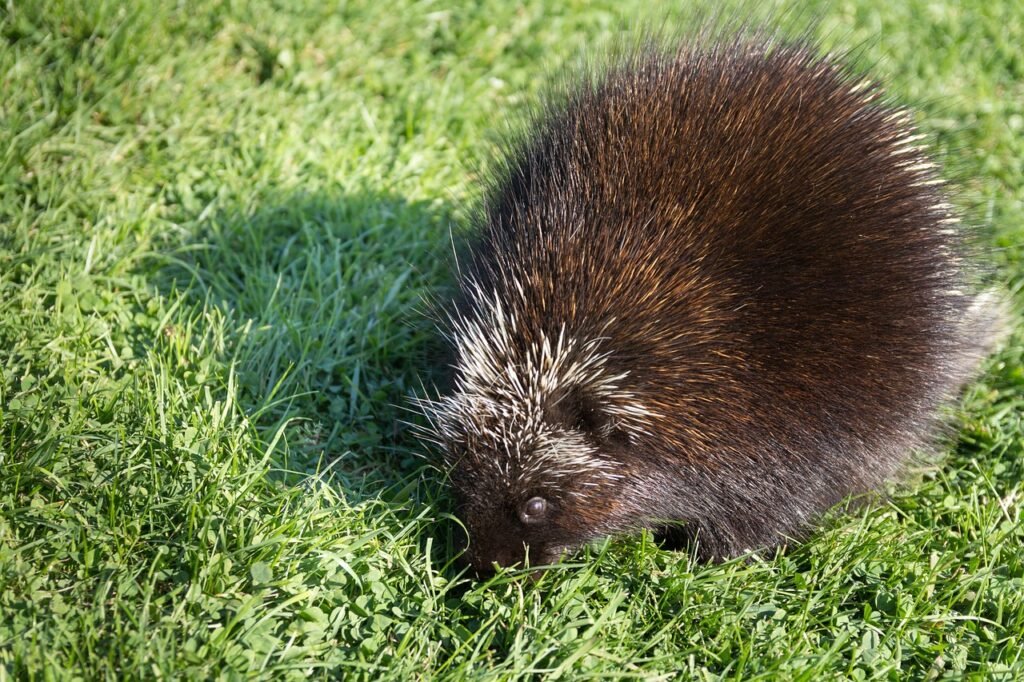Socialization training is a crucial aspect of ensuring harmonious interactions between your porcupine and other pets in your household. Proper introductions and positive experiences lay the foundation for a peaceful coexistence, fostering a supportive environment for all your furry companions. In this guide, we’ll explore effective strategies for introducing your porcupine to other pets through socialization training.
Preparing for Socialization:
1. Assess Individual Personalities:
- Understand the individual personalities and temperaments of both your porcupine and other pets. This insight helps tailor the introduction process to each pet’s comfort level.
2. Create Safe Spaces:
- Designate safe spaces for each pet where they can retreat if needed. Provide hiding spots, separate enclosures, or areas where they can have privacy.
3. Positive Associations:
- Establish positive associations by associating the presence of other pets with enjoyable experiences. Use treats, praise, and favorite activities to create positive connections.
4. Gradual Introduction:
- Gradually introduce scents before face-to-face encounters. Allow pets to sniff items that carry the scent of the other, such as bedding or toys.
Step-by-Step Socialization Training:
1. Visual Introduction:
- Begin with visual introductions. Allow pets to see each other from a distance. Use barriers such as gates or cages to ensure safety.
2. Positive Reinforcement:
- Reward calm behavior during visual introductions. Offer treats and praise when pets remain calm and relaxed in each other’s presence.
3. Parallel Activities:
- Engage pets in parallel activities while in the same space. For example, have them play with toys or enjoy treats simultaneously to promote positive associations.
4. Controlled Meetings:
- Gradually progress to controlled meetings in a neutral space. Use leashes or harnesses to maintain control and ensure safety during initial face-to-face encounters.
5. Short and Positive Encounters:
- Keep initial encounters short and positive. End the interaction on a positive note to create favorable memories for both pets.
6. Monitor Body Language:
- Pay close attention to body language. Look for signs of curiosity, relaxation, and positive engagement. If stress or discomfort is observed, give pets time apart and adjust the pace accordingly.
7. Gradual Integration:
- Gradually integrate pets into shared spaces within the home. Monitor their interactions and intervene if needed to prevent conflicts.
8. Shared Activities:
- Encourage shared activities, such as supervised play sessions or joint grooming sessions. Positive interactions during shared activities strengthen the bond between pets.
9. Positive Reinforcement for Cooperation:
- Reward instances of cooperation and positive interaction. Use treats and praise to reinforce behaviors that contribute to a harmonious environment.
10. Consistency in Training:
- Maintain consistency in socialization training. Regularly reinforce positive behaviors and address any signs of stress or tension promptly.Tips for Successful Socialization:
1. Start Early:
- Ideally, start socialization training early in your porcupine’s life. Early exposure contributes to more adaptable and sociable behavior.
2. Individual Time:
- Spend individual time with each pet to strengthen your bond with them. This ensures that each pet feels secure and valued.
3. Supervised Interactions:
- Always supervise interactions between pets, especially during the initial stages of socialization. This allows you to intervene if needed.
4. Respect Individual Boundaries:
- Respect individual boundaries. If a pet shows signs of stress or discomfort, give them space and adjust the training pace accordingly.
5. Professional Guidance:
- If you encounter challenges, consider seeking professional guidance from a veterinarian or animal behaviorist experienced in interspecies socialization.
Final Thoughts:
Socialization training is a gradual process that requires patience, consistency, and a keen understanding of each pet’s needs. Through positive reinforcement and carefully managed introductions, you can create an environment where your porcupine and other pets coexist peacefully. Foster positive interactions, celebrate successes, and prioritize the well-being of all your furry companions as you embark on the journey of socialization training.



